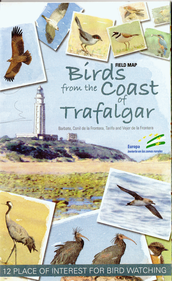
Although the Spanish economy is on its knees, it's good to see that they are still trying to promote birdwatching by producing excellent little booklets like 'Birds from the Coast of Trafalgar'. There is also a helpful leaflet which gives a truncated description of the routes only. Both are available, for free, from the information office of the Parque Natural la Breňa y Marisma del Barbate. This office is somewhat obscurely located within Barbate docks about 100m to the left as you pass through the last gates en route towards Canos de Mecca. This small centre also has a good display (in Spanish) about the park and its wild life and helpful English speaking staff.
The booklet's introductory section explains how to identify birds, describes the various habitats in the area and gives a short description of the phenomenum of migration. The English is distinctly better than many such documents although still rather stiff and formal at times with the inevitable handful of typos.
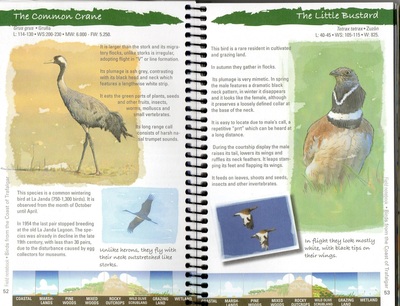
The next section of the booklet is rather misleadingly entitled "The most frequently seen species of birds". It gives brief details of the habits and status of 63 birds that can be seen in the area. However, only a third or a quarter of the birds selected might reasonably be called 'frequently seen'. Many are striking or iconic species such as Common Crane and Little Bustard (see right) which many visitors might struggle to find. Understandably, given the area's importance for migrating birds of prey it covers no less than 13 raptors. The description are both useful and informative.
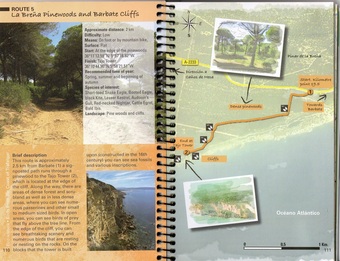
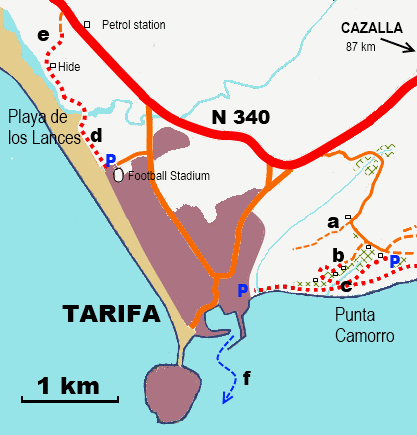

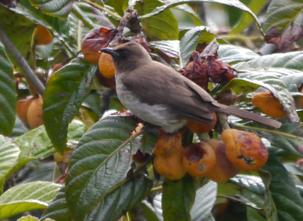
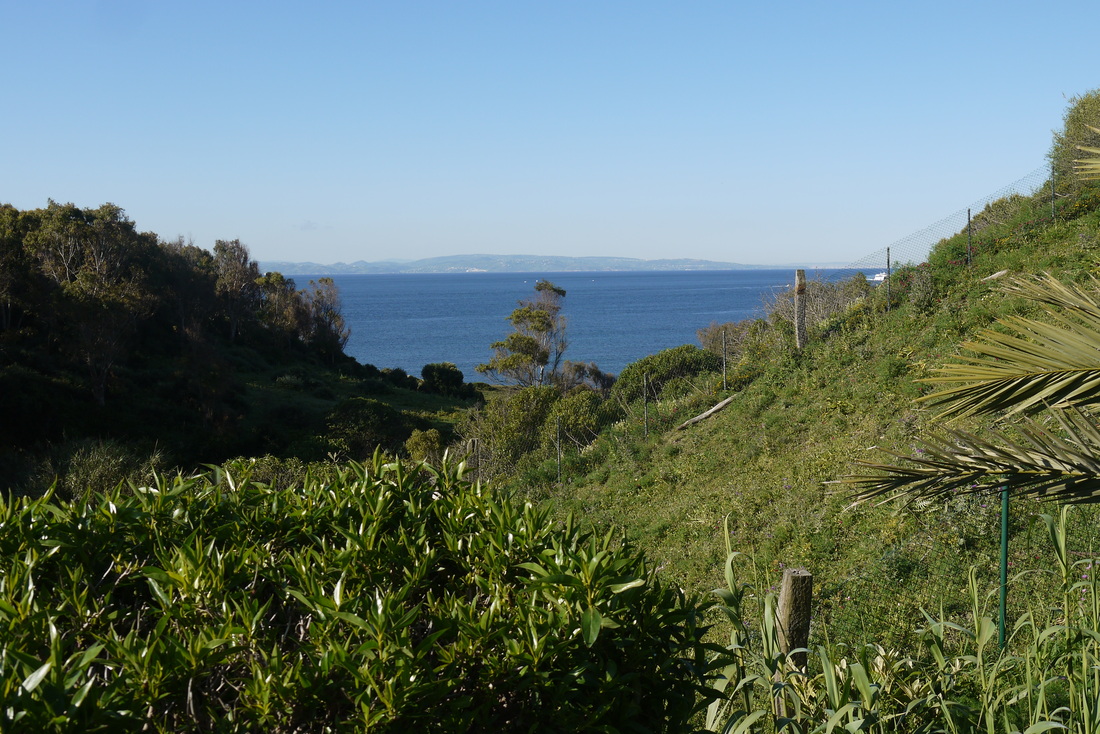
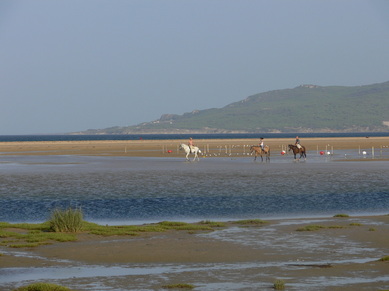
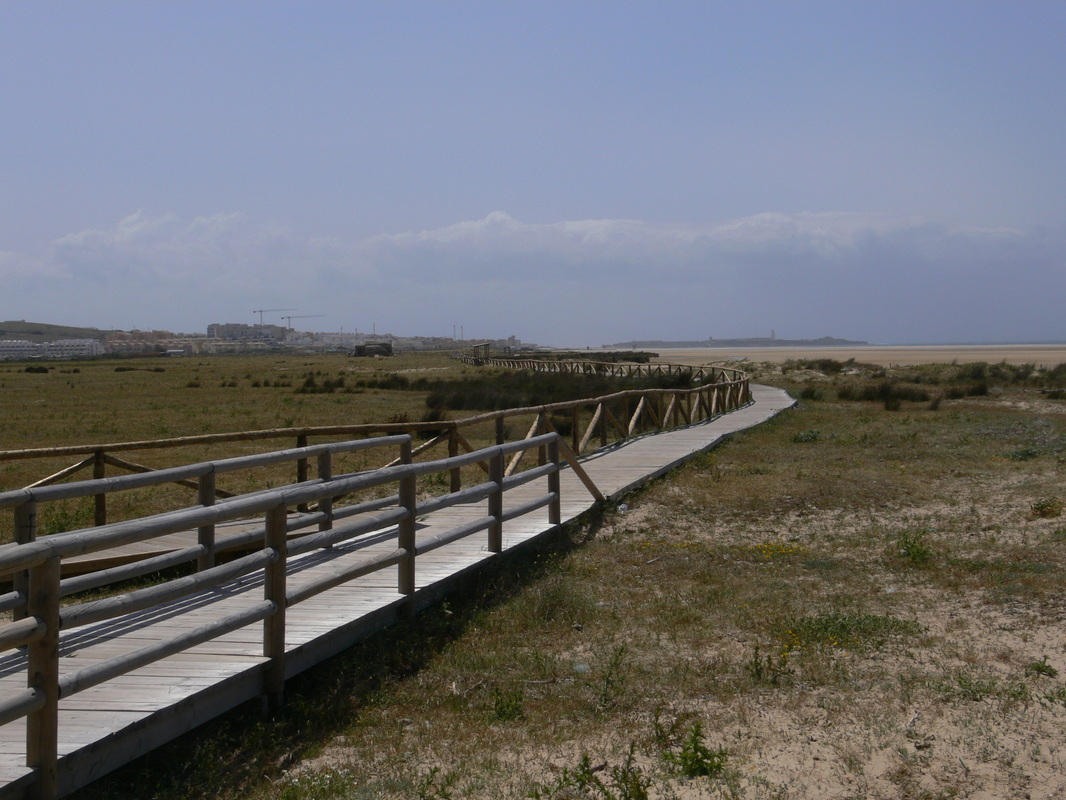
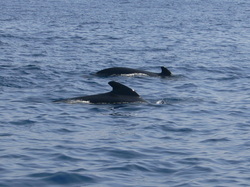
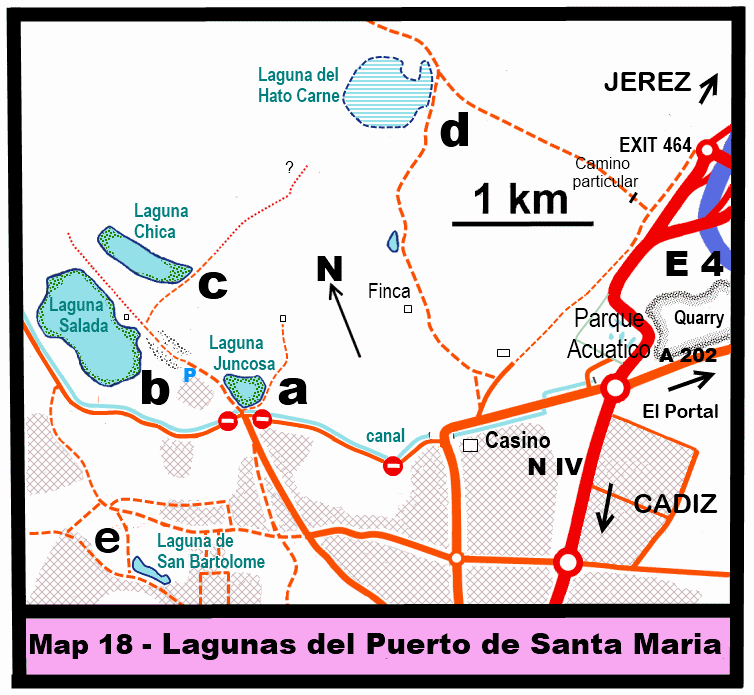


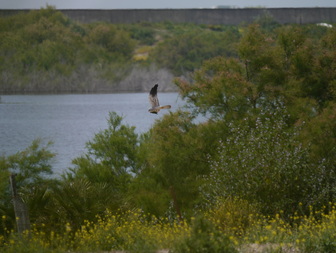
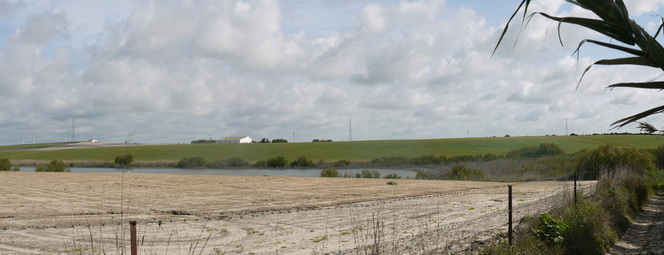
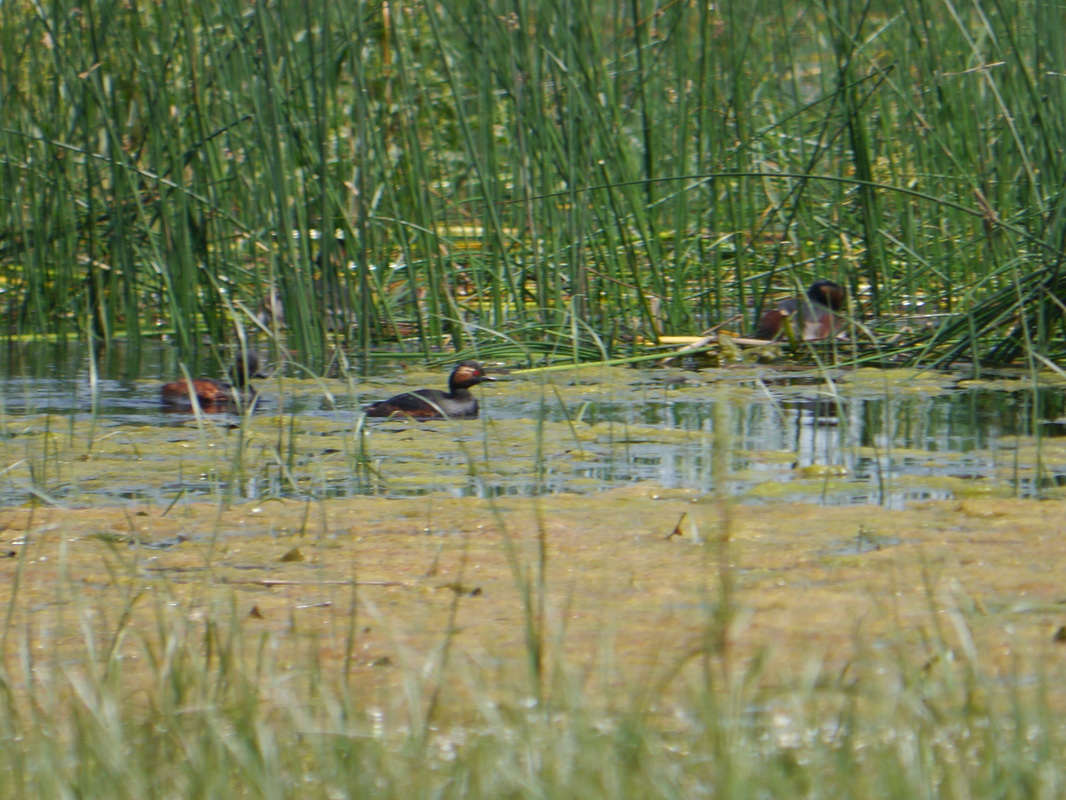
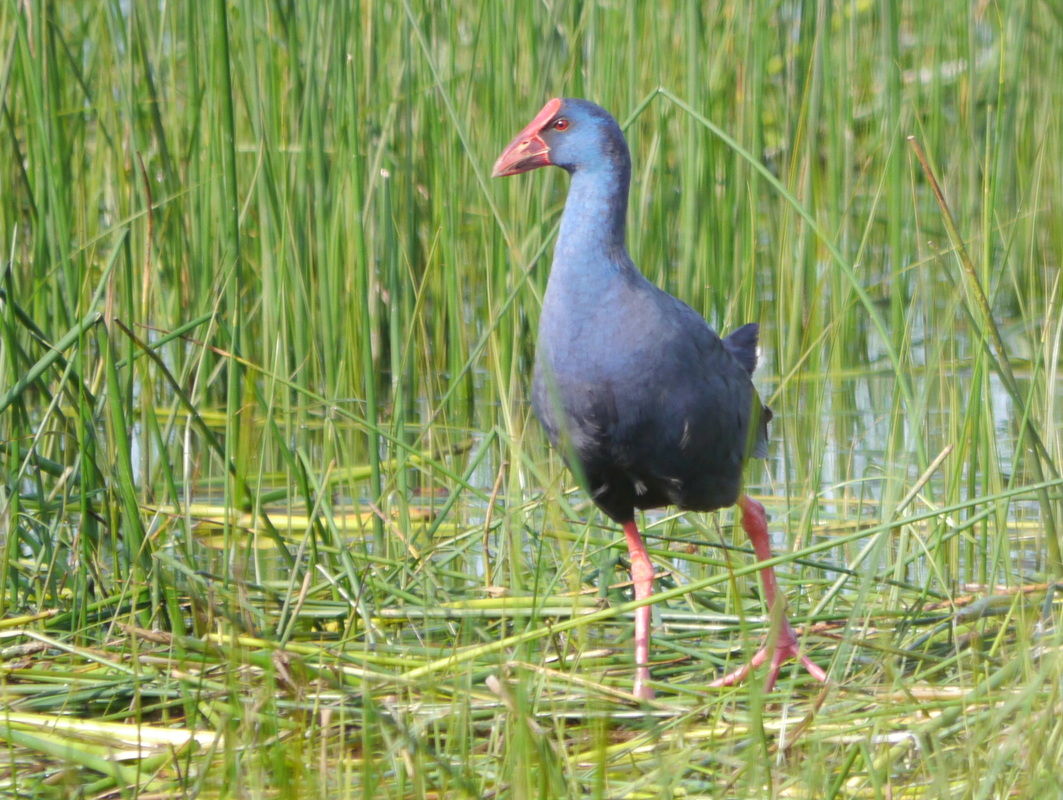
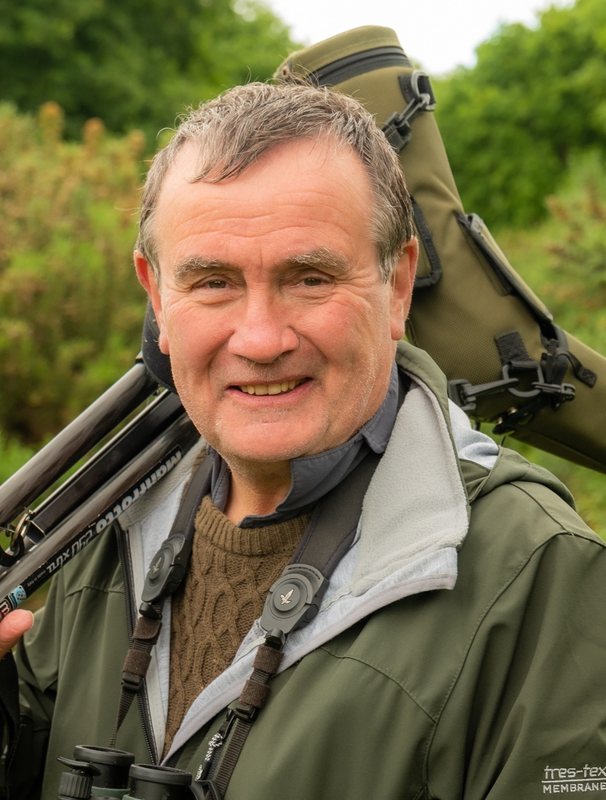
 RSS Feed
RSS Feed
